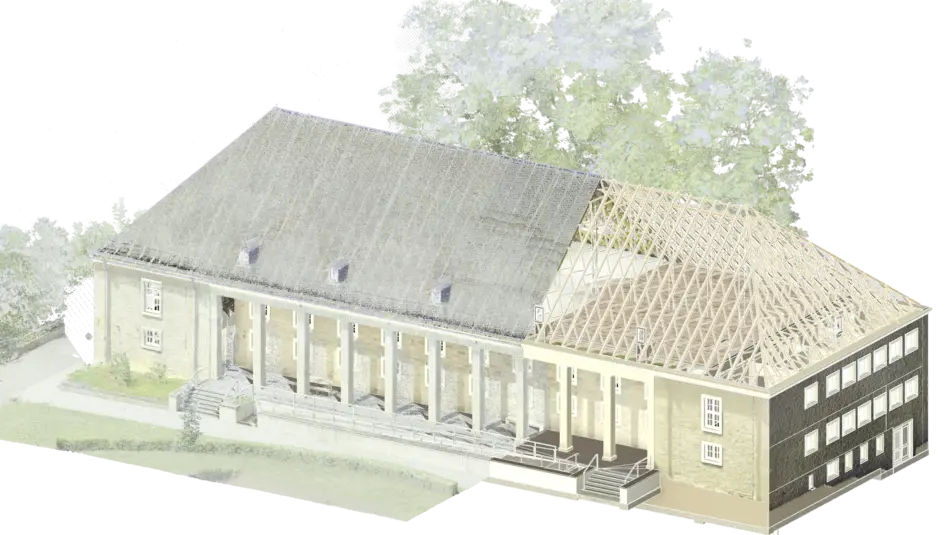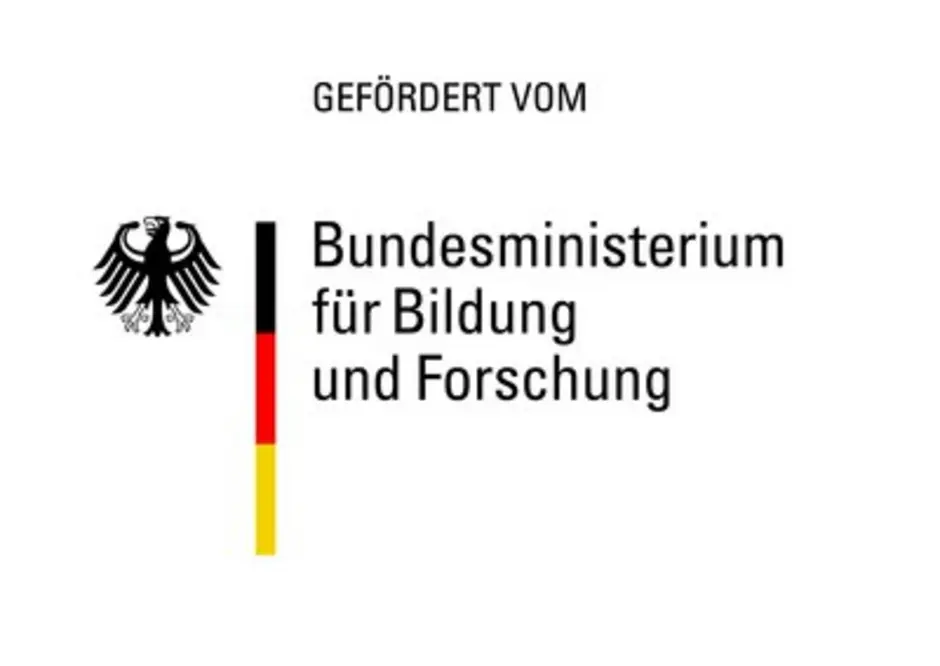
Over the past few years, 3D planning has become more and more common in the private sector. BIM planning is also being strived for in many projects from the very beginning. However, this still poses considerable problems for the construction and, above all, the planning industry, and is pushing them to their limits in terms of personnel capacities and hardware equipment. Many smaller planning offices are not yet equipped for this.
Building Information Modeling, or BIM for short, is a method that uses intelligent and digital building models, which make it possible to first build the structure virtually before it is realized in reality. This should ensure better cost and schedule reliability and significantly improve planning quality. Likewise, these digital building models can be used over an entire life cycle and offer optimal conditions for subsequent building management. Building Information Modeling has already become firmly established abroad and a strong trend towards digital project management of construction projects can also be observed in Germany.
This project is intended to test the applicability of BIM for existing buildings. Particular challenges here are the acquisition and integration of as-built data. Planning documents are often outdated, incomplete or not even available. For this reason, all buildings and the grounds of the Schneidershof campus will first be captured by terrestrial laser scanning and photogrammetry, and the resulting point clouds will be converted into intelligent models.
On the basis of these models, it will be examined to what extent the software tools currently in use are suitable for carrying out the tasks that arise in existing buildings, such as dynamic building simulation, energetic renovation, demolition and recycling, or facility management (7D planning). The typical situation in Germany, where many small and medium-sized companies cooperate to manage a construction project, requires a high degree of compatibility between different software applications and a standardization of interfaces. The research project aims to help identify problems and solve them in cooperation with manufacturers of construction software.
| Consortium | Prof. Dr.-Ing. Andreas Thewes, Prof. Dr.-Ing. Henning Lungershausen, Paul Wurth Geprolux S.A., ZBI Zimmermann Ingenieure GmbH, Ingenieurgesellschaft Tragwerk Trier mbH, Ingenieurbüro Dieter Lohner, Ingenieurbüro INVERTEC |
| Duration | August 2019 - July 2022 |
| Funded by | Federal Ministry of Education and Research |
| in the program | Research at Universities of Applied Sciences |
| Funding amount | 335,719.07 € |


You are leaving the official website of Trier University of Applied Sciences